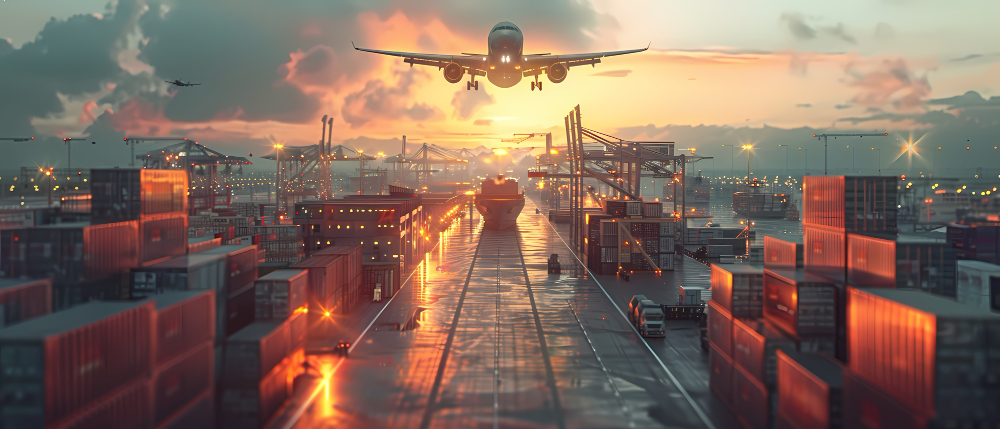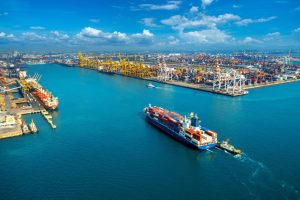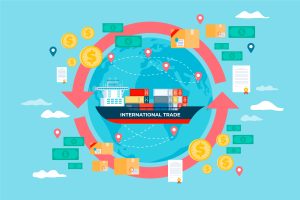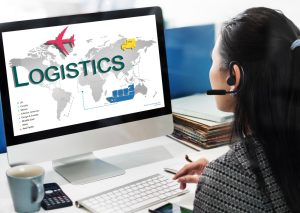When it comes to international logistics, choosing the right shipping methods to Singapore plays a crucial role in ensuring timely, safe, and efficient delivery of goods. Whether you’re a business owner, importer, or simply coordinating a personal shipment, understanding how air freight and sea freight work is essential.
Singapore, known as one of the busiest trade hubs in Asia, offers robust infrastructure for both air and sea cargo. Each method has its own strengths, and your decision should be based on your shipment’s urgency, volume, and destination within the country.
Why Understanding Shipping Methods to Singapore Matters
Choosing between different shipping methods to Singapore is more than just a matter of convenience—it directly impacts delivery time, handling efficiency, and overall logistics flow. Knowing the nature of your goods and the capabilities of each method will help prevent delays, reduce risks, and align with your logistical goals.
Overview of Shipping Methods to Singapore
There are two main types methods of shipping to Singapore used for international deliveries:
-
Air Freight
-
Sea Freight
Each has specific benefits depending on the type and urgency of your shipment.
Air Freight to Singapore
What is Air Freight?
Air freight is the process of transporting goods via aircraft. It is typically used when fast delivery is required or when the items are lightweight and high in value.
Advantages of Air Freight
-
Speed: Air freight is the fastest shipping method to Singapore. Most international shipments arrive within 1–3 days, depending on the route.
-
Reliability: Airlines follow fixed schedules, making air freight predictable and consistent.
-
Less Handling: Fewer touchpoints reduce the risk of damage during transit.
Best Use Cases
Air freight is ideal for:
-
Time-sensitive shipments
-
Small to medium-sized parcels
-
Electronics, documents, and perishable goods
Sea Freight to Singapore
What is Sea Freight?
Sea freight involves transporting goods using cargo ships. It is a widely used shipping method to Singapore for bulk items or large-volume orders.
Advantages of Sea Freight
-
High Volume: Sea containers can handle significantly larger quantities than air cargo.
-
Stable Transit for Non-Urgent Goods: For goods that don’t need to arrive quickly, sea freight is a dependable choice.
-
Well-Connected Ports: Singapore’s port is one of the most efficient and busiest in the world, allowing smooth imports.
Best Use Cases
Sea freight works best for:
-
Bulk orders
-
Industrial equipment
-
Furniture, textiles, or non-perishable consumer goods
Key Differences Between Air and Sea Freight
| Criteria | Air Freight | Sea Freight |
|---|---|---|
| Speed | Fast (1–3 days) | Slower (7–30+ days) |
| Volume Capacity | Limited | Large/bulk shipments |
| Handling | Less handling | More handling at ports |
| Schedule Flexibility | Fixed airline schedules | Depends on vessel departure |
| Packaging Needs | Light and secure | Heavy-duty, bulk-ready |
Understanding these differences helps importers make smarter decisions based on shipping goals.
Choosing the Right Shipping Methods to Singapore
Consider Shipment Urgency
If you’re dealing with seasonal goods, limited-time offers, or urgent inventory, air freight may be your best option. If your timeline is more flexible, sea freight provides a more relaxed schedule.
Consider the Volume and Weight
Heavy, oversized cargo is generally more suitable for sea transport, while high-value, lightweight goods benefit from the speed of air freight.
Consider Your Destination in Singapore
Singapore’s infrastructure supports both airport and seaport logistics. However, depending on where your goods need to be delivered (e.g., central business districts vs. industrial zones), one shipping method may offer logistical advantages.
Combining Shipping Methods to Singapore (Multimodal Strategy)
In some cases, a multimodal shipping strategy—using both sea and air freight—can offer better flexibility. For example, an urgent part of the shipment could be flown in via air freight, while the rest follows via sea cargo.
Tips for Efficient Shipping to Singapore
1. Plan and Book in Advance
This is especially important during peak seasons or before major holidays.
2. Understand Packaging Requirements
Air cargo often requires lighter, secure packaging, while sea freight needs to be moisture-resistant and pallet-ready.
3. Work with Experienced Logistic Partners
A knowledgeable forwarder will guide you in choosing the best shipping method to Singapore based on your goals.
Singapore as a Global Trade Hub
Singapore’s position as a logistics center makes it easy to connect with global suppliers and customers. With Changi Airport and the Port of Singapore offering world-class services, businesses can benefit from efficient, seamless entry points for their goods—regardless of whether they choose air or sea.
Which Shipping Method Is Right for You?
There’s no one-size-fits-all solution when it comes to shipping methods to Singapore. Each option—air or sea freight—offers different strengths. By evaluating your shipment’s size, urgency, and handling needs, you can confidently select the method that supports your import goals.
Whether you’re launching an e-commerce store, importing stock for retail, or sending items for business operations, knowing the right shipping strategy makes all the difference.
















